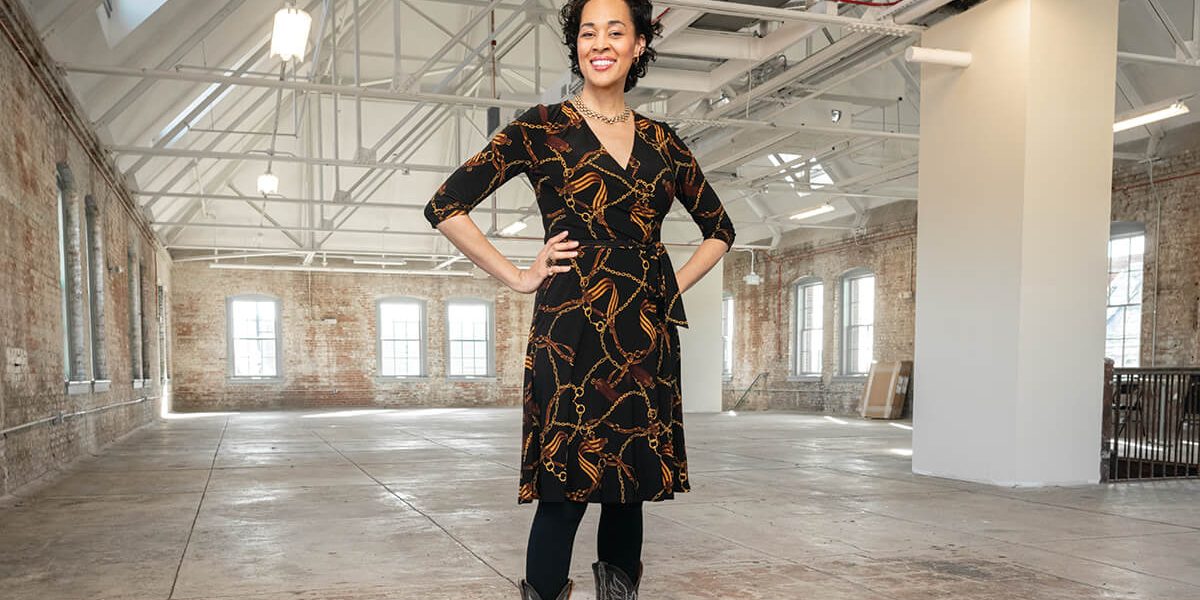News & Community
GameChanger: China Boak Terrell
We sit down with the President of Baltimore Pumphouse and CEO of American Communities Trust.
Since 2016, you’ve been leading the Baltimore Pumphouse project, which will transform a blighted brownfield site in Broadway East into a center for commercial and community activity by 2021. How will this project help to elevate the neighborhood?
What often happens when low-income black and brown neighborhoods are redeveloped is that the affordable housing and services get front-loaded, and millions of dollars are spent before a single business or retail establishment enters the neighborhood. At the end of the day, the programs and services on their own are not enough to provide the neighborhood with long-term economic viability. Without consumer spending, we end up with a neighborhood that’s fossilized in its poverty. So, we realized that in order to change the game, it can’t be about the project, it has to be about changing the market. By establishing a group of viable businesses here, we’re creating new value in the neighborhood without displacing any residents.
What are some of the challenges that your team has faced thus far?
This is not for the faint of heart; it’s a really hard project. When working in low-income black and brown communities, the total cost of development far outstrips the as-appraised value of the property. Meaning that I need so much more money to get the work done than anyone will say the property is worth. It requires a ton of grant funding and subsidies to solve that gap before anything can move forward, and traditional lending opportunities are not really an option.
Neighborhood residents are co-equal planners in the Baltimore Pumphouse. How does this approach differ from other neighborhood development projects?
The residents are truly our bosses. They are co-equal partners at the planning table, and they provide the push, pull, and voice that the project needs to get done and take off. The idea is not to ask residents for feedback on an idea, but to actually work together to create every idea. Sometimes developers will bake their ideas and then get feedback from the residents after its able to move forward. That’s not our philosophy, we see that as a much more paternalistic way to engage communities, and we value neighborhood agency above everything.
How do you hope this project acts as a model for future neighborhood development plans?
Here, we have traditional business and retail establishments coming back for the first time in 50 years, and we haven’t cleared a single community. In order for low-income communities to be successful, the business and retail establishments have to come in at a much earlier stage with the legacy families still in place. That’s what we’re trying to prove. So I hope developers continue to use the concept of solving the market challenges as opposed to just the project. There’s a different level of collaboration, creativity, and boldness that can be achieved when we’re think- ing about solving those larger market challenges instead of individual projects.
What has kept you motivated throughout this multi-year project?
When I bring my daughter to the site, where there are still vacant houses around, she is aghast. She looks out of the car window and goes, “Mama, that building is broken!” I don’t ever want her level of urgency to beat mine. I don’t ever want to get comfortable with any vacant house or building. We’re going to make it so that no three-year-old has to walk or drive past any vacant building, period.
